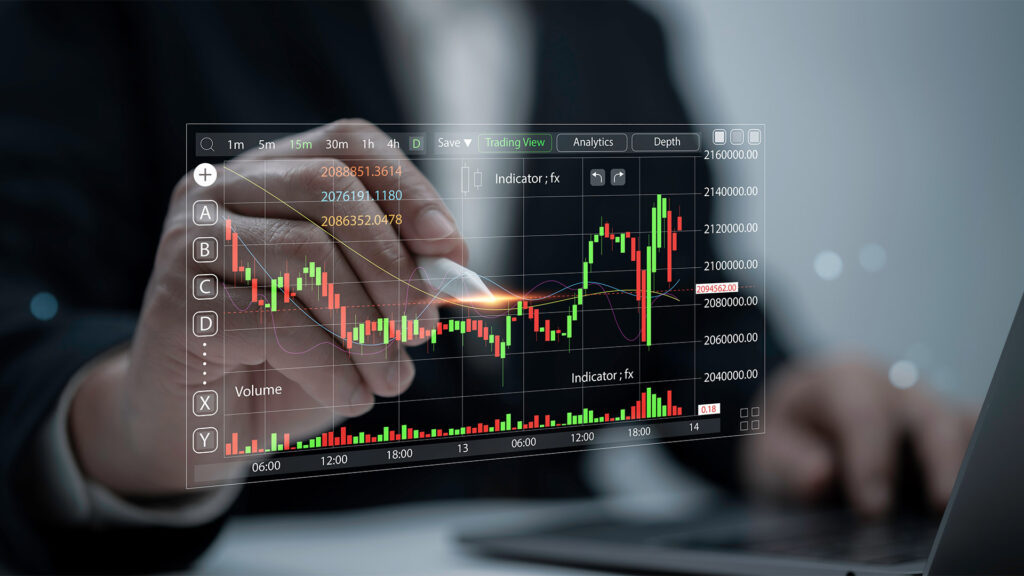Investors are increasingly turning to complex derivatives trades to capitalize on the uncertainty surrounding the upcoming U.S. presidential election, speculating on stock market movements regardless of the outcome. With fewer than 30 trading days left, the race remains extremely close, raising concerns about a repeat of the contested results from 2020. Many investors are now focused on the potential for heightened market volatility, with an increasing number placing bets on significant fluctuations in the coming weeks.
According to UBS, options markets are currently pricing in a roughly 2.8% movement in the S&P 500 index on November 6, the day after the election. This figure has been trending upward over the past month, and Maxwell Grinacoff, head of U.S. equity derivatives research at UBS, anticipates further increases. “People are starting to question whether these levels of implied movement are justified,” he noted. “Most investors I’ve spoken to believe it’s still too cheap, suggesting implied volatility is likely to rise.”
In 2020, options tied to the day after the election were similarly priced before experiencing a sharp spike in the final days leading up to the vote. The S&P 500 climbed 2% the day after the 2020 election and 1.1% the day after the 2016 election.
Part of the current pricing reflects investors hedging against potential portfolio losses following a strong year for equities. However, some are also betting on profiting from sudden market nervousness, especially as the Federal Reserve’s recent rate cuts fade from focus and attention shifts toward the election.
Given the tight race, many investors prefer to bet on volatility rather than trying to predict which stocks or sectors might benefit from a win by either former President Donald Trump or Vice President Kamala Harris. Stuart Kaiser, head of U.S. equity trading strategy at Citi, observed, “Most clients see this as a toss-up. If you think it’s 50-50, it’s difficult to trade directionally—it’s more of a volatility play.”
Trading on volatility often involves complex strategies, such as “straddles” and “collars,” which entail buying and selling various derivatives tied to individual stocks or indexes like the S&P 500. Investors are also engaging in trades linked to the VIX index, often referred to as the market’s “fear gauge,” which measures expectations of future market volatility.
Cboe Global Markets, which operates the VIX, reported “tremendous” demand for VIX call options over the past week. Another popular trade involves selling VIX put options, which generate income for the seller as long as election-related volatility remains above a certain level.
Recently, Cboe launched a new volatility-linked product tied to realized, rather than expected, volatility, aiming to meet the anticipated demand for hedging ahead of the election. They are also preparing to introduce a new option linked to VIX futures later this month.
Some investors are purchasing VIX futures contracts expiring in late November, expecting demand for these contracts to spike as the election approaches. Futures contracts for after the election are now trading at levels similar to those expiring in October, indicating traders expect volatility to remain high even after the vote.
Volatility typically rises ahead of presidential elections and subsides shortly afterward. Ed Tom, a derivatives strategist at Cboe, noted that the market is pricing in elevated swings on election day, but implied volatility for subsequent days is much lower. “Option traders are still pricing in a premium for this election compared to past elections,” he stated. However, they do not anticipate a prolonged contested result, treating this election as less likely to lead to similar uncertainties.

